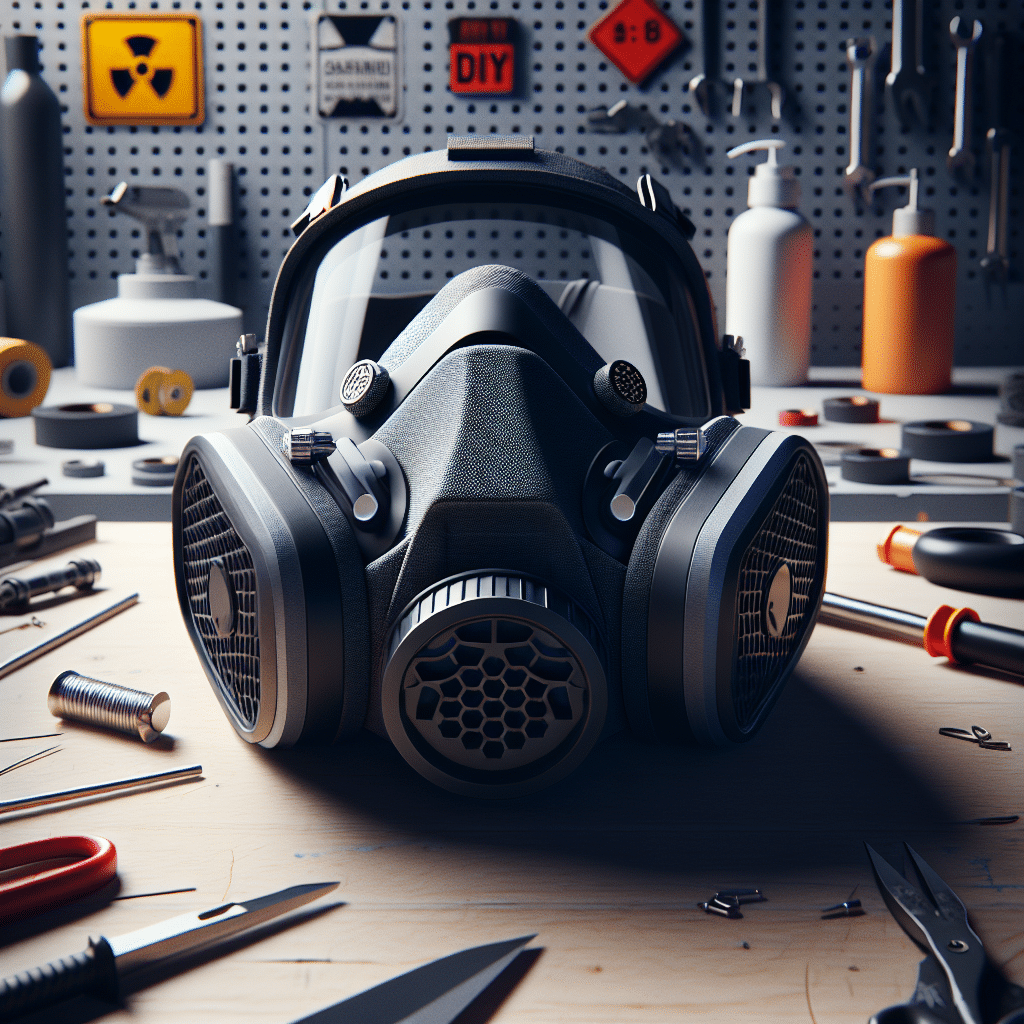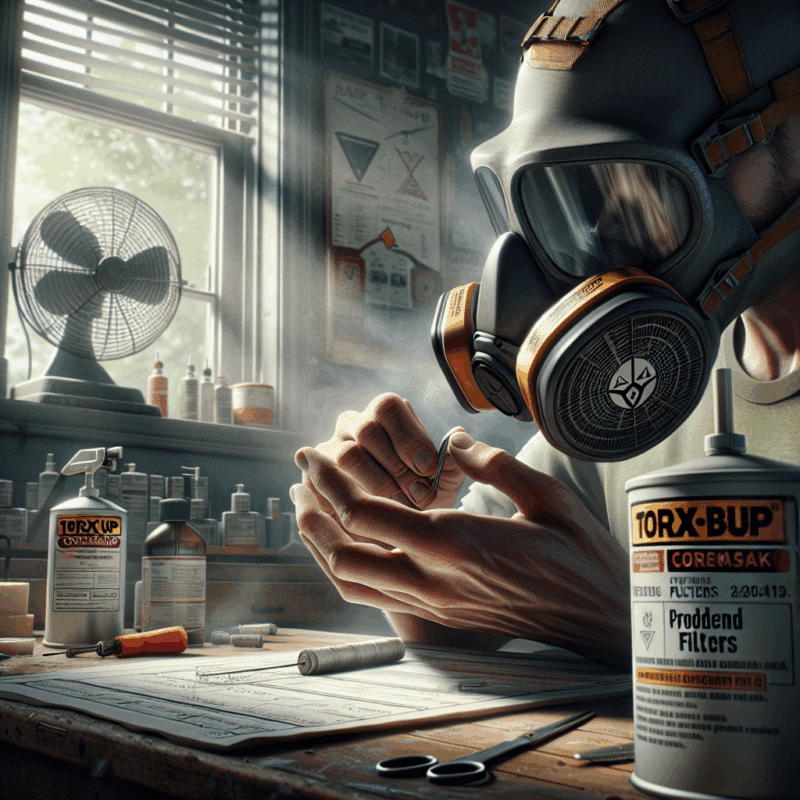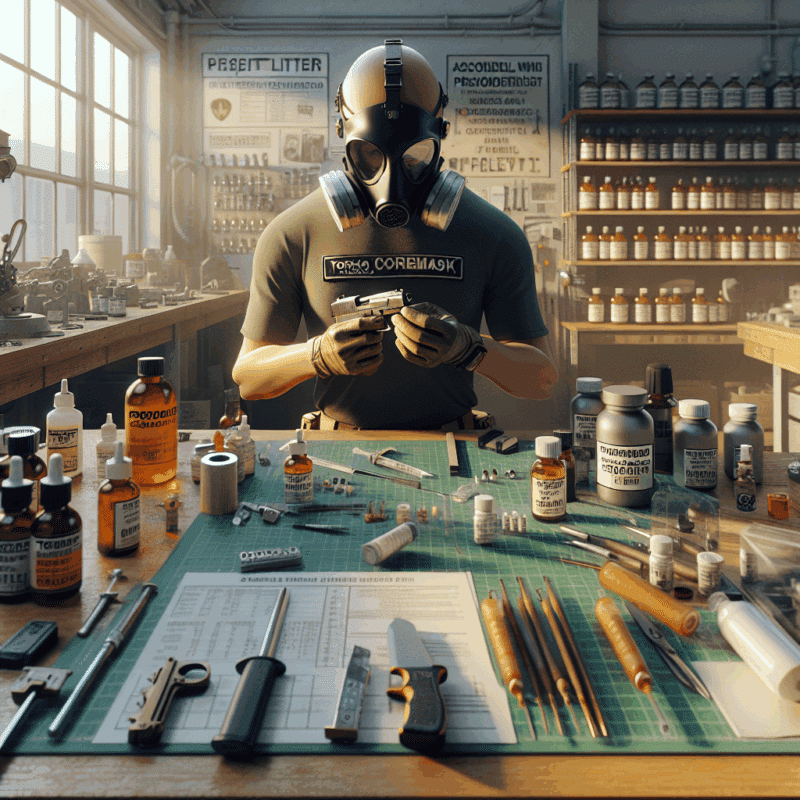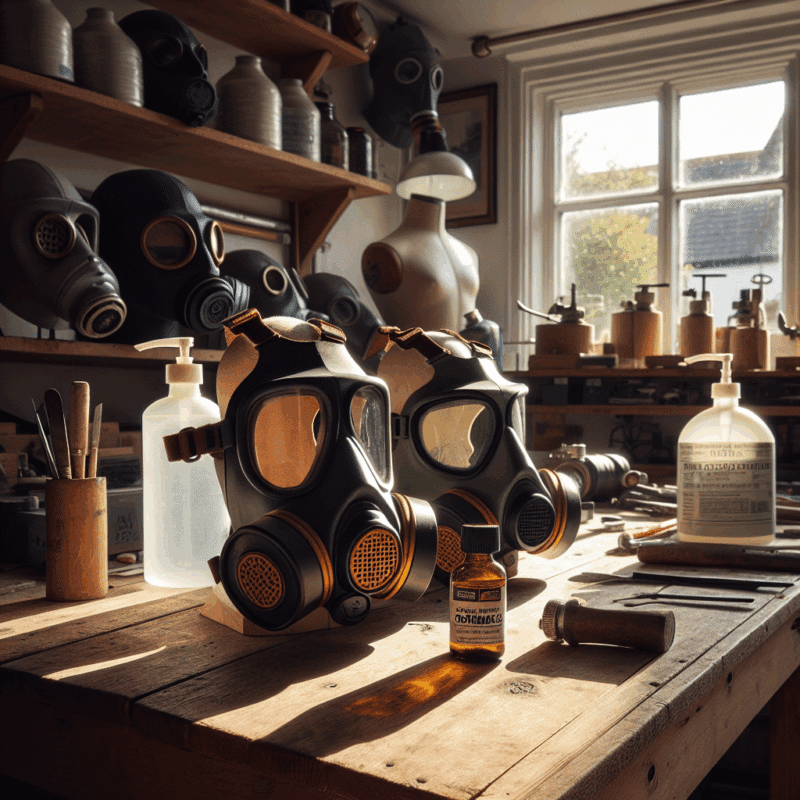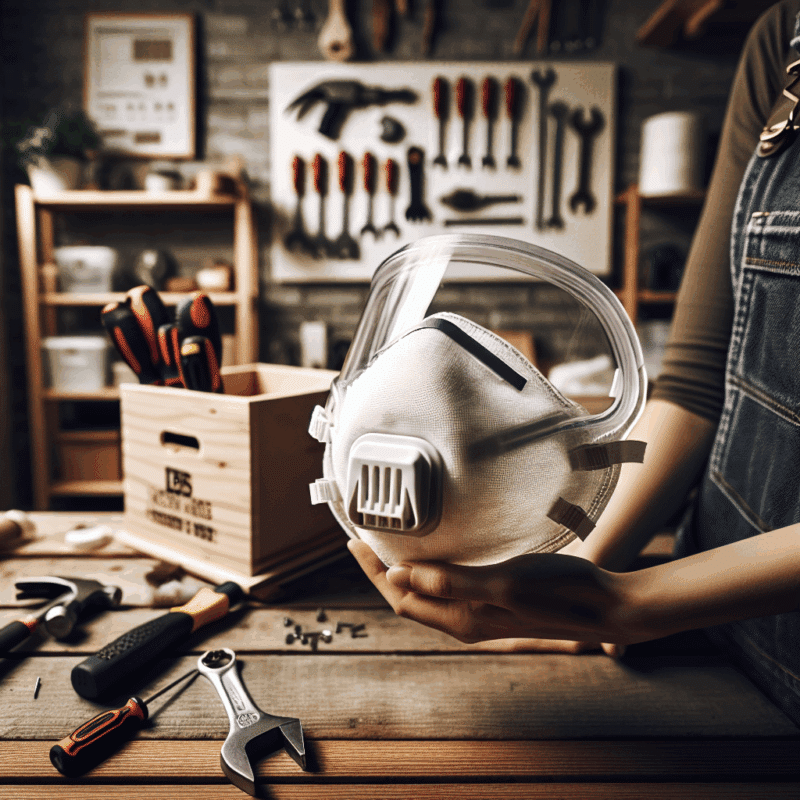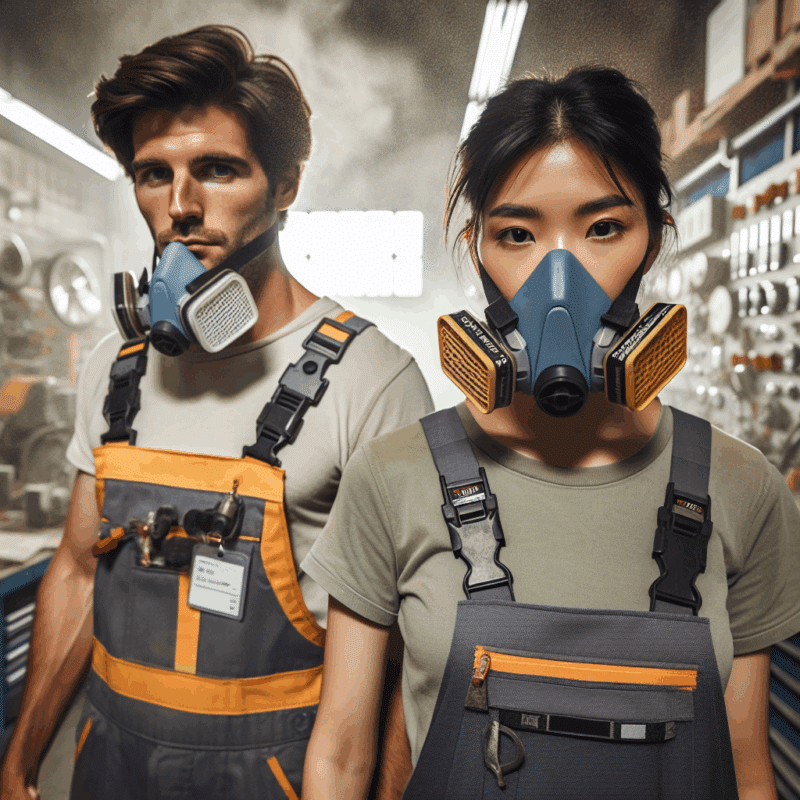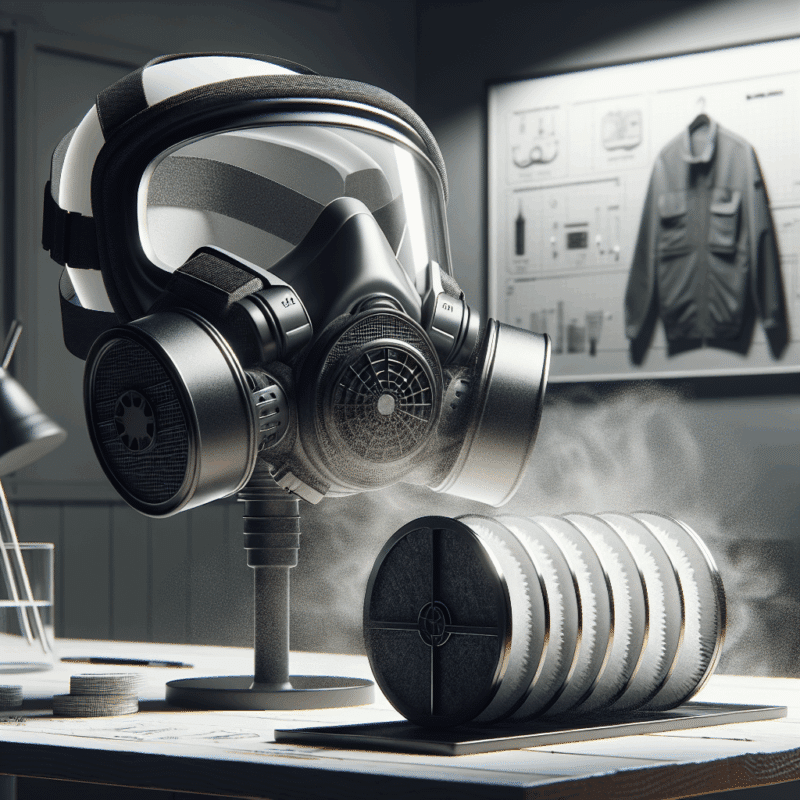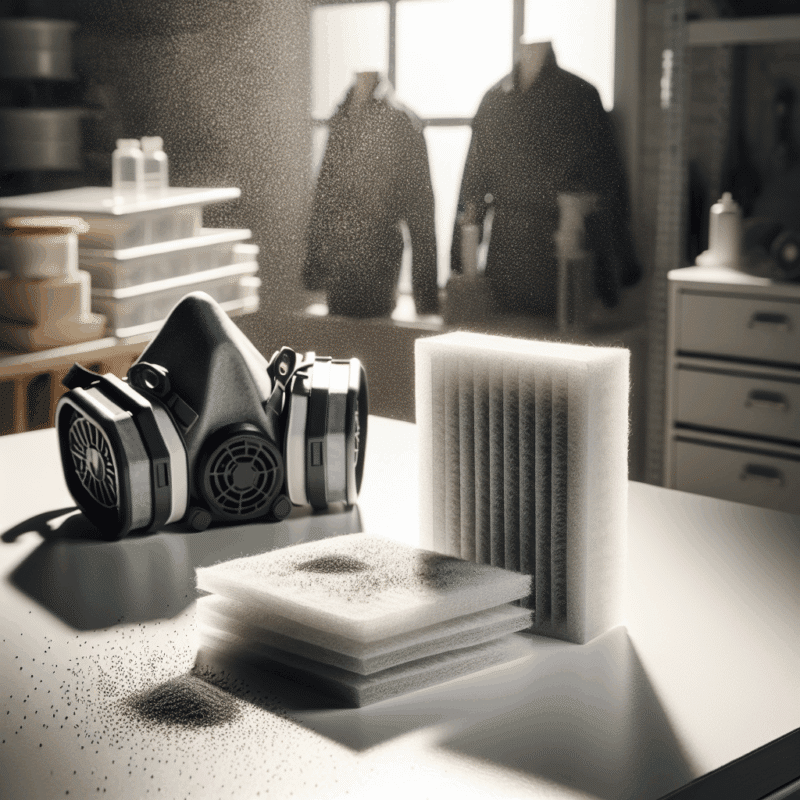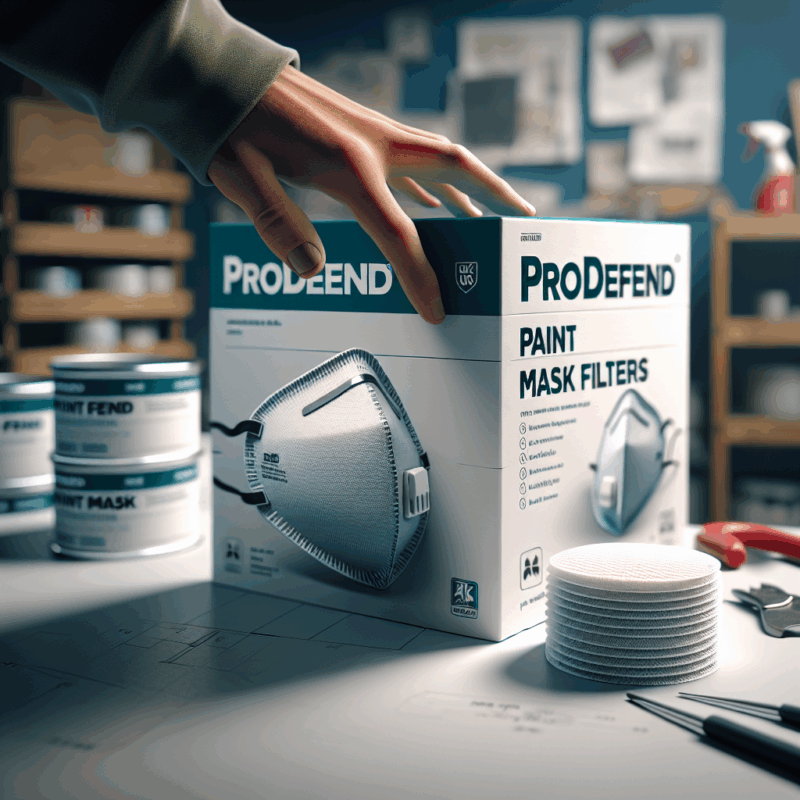Do Carbon Pads Stop Fumes? ProDefend Filter Limits & Torxup Guide
In This Article
- Carbon pads use adsorption to trap harmful fumes at a molecular level.
- They are highly effective against VOCs but limited against inorganic gases like ammonia.
- ProDefend masks offer solid protection for most DIY applications when used correctly.
- Replace filters frequently and store masks in airtight containers to maintain performance.
- Always pair carbon filters with particulate layers for jobs that involve both fumes and dust.
- Upcoming 2025 EU regulations aim to toughen standards for carbon pad effectiveness and labelling.
- Use Torxup resources or 2025 EU standards for product safety compliance for help with filtration choices.
Understanding Carbon Pad Technology
How Adsorption Works in Fume Filtration
Before evaluating carbon pad effectiveness in any protective gear, it’s crucial to understand the core technology behind them: adsorption. Unlike absorption, which traps particles within a volume (like water into a sponge), adsorption draws airborne contaminants onto the surface of the activated carbon pad. These pads are highly porous, featuring an enormous internal surface area that chemically interacts with vapours and particles. As a result, harmful gases are retained securely on the pad, preventing them from reaching your respiratory system.
The performance of activated carbon is a result of object chemistry and engineering. During manufacturing, the source carbon material (such as coconut shells or coal) is subjected to high heat and steam, activating it into a sponge-like molecular structure. This increases the surface area to levels that can exceed 1000 square metres per gram. Such density enables carbon pads to trap volatile organic compounds (VOCs), odours, and many hazardous vapours prevalent in adhesives, paints, and cleaning agents.
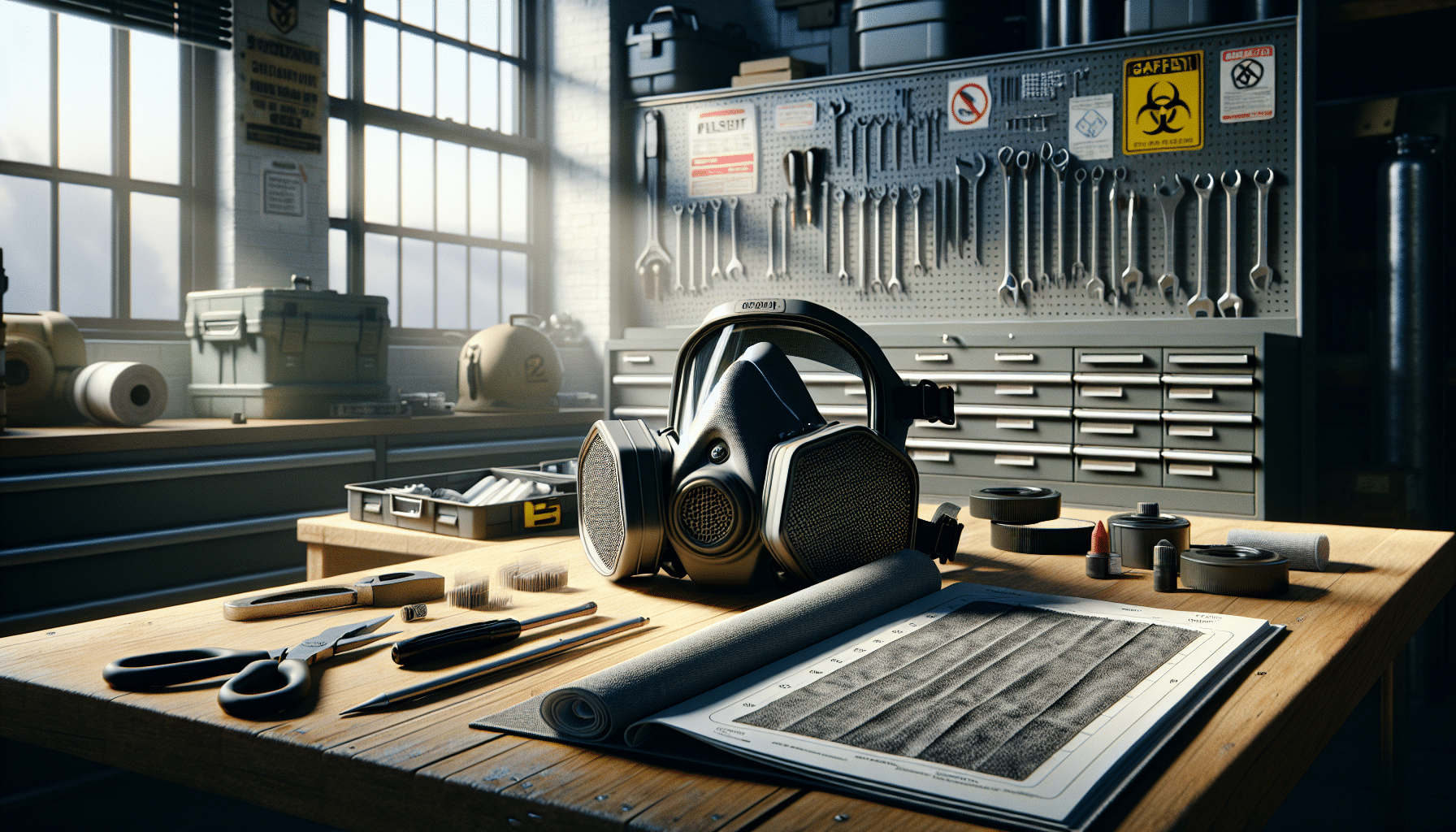
Evaluating Carbon Pad Effectiveness
Which Fumes Are Captured vs Missed
When analysing carbon pad effectiveness, one must acknowledge that these filters perform admirably within a certain spectrum of chemicals. For example, they effectively capture organic fumes such as formaldehyde, acetone, benzene, and toluene. These substances are common in paints, glues, solvents, and industry-grade cleaners. The pads neutralise these chemicals before they reach the user’s lungs. However, a common misconception is that carbon pads block all contaminants. This is not always the case.
Carbon pads are less effective against inorganic gases such as ammonia and nitrous oxides. These molecules are either too small or chemically incompatible with the surface structure of activated carbon. Furthermore, carbon pad effectiveness drops significantly when environments are excessively humid. Water molecules take up active sites on the carbon surface, potentially reducing adsorption performance by more than 30%. For this reason, supplementary filters or specialised cartridges are often required in high-humidity or multi-gas situations.
“While activated carbon pads do capture a wide range of harmful VOCs, knowing their limits is essential to ensure optimal respiratory protection.”
Limitations of ProDefend Filters
ProDefend filters are engineered with industry-grade activated carbon, making them highly effective at adsorbing organic vapours during DIY tasks, painting, or home renovations. However, just like any carbon-based system, they come with intrinsic limitations. Chief among these is finite adsorption capacity. Once all active sites on the carbon surface are saturated, harmful gases pass through unfiltered.
Additionally, ProDefend masks are designed with general-use scenarios in mind. They may not provide sufficient protection in professional settings that feature high concentrations of industrial contaminants. For instance, environments with hydrogen sulphide or strong acid vapours like hydrogen chloride may require upgraded multi-stage filtering systems.
It’s also worth noting that improper storage of your ProDefend mask can reduce its carbon pad effectiveness. If exposed to open air for prolonged periods, the carbon pores may become occupied by moisture or ambient odours, preloading the pad before actual usage. This “pre-exhaustion” is a common issue for DIY enthusiasts who reuse masks from prior projects. Always store masks in an airtight container between uses.
Signs Your Filter Is Saturated
Recognising when your carbon pad is saturated is a key step in maintaining its effectiveness. One major indicator is the return of odour. If you start to detect smells you previously couldn’t while wearing your ProDefend mask, it’s a sign that adsorption capacity is likely depleted. Persistent coughing, eye irritation, or headaches during tasks may also indicate filter exhaustion.
In high-exposure scenarios, filters may only last a few hours before needing replacement. Lower concentration tasks might allow for limited reuse. Manufacturers generally recommend changing a carbon filter after 8 to 24 total hours of use, depending on environmental factors. Always consult the product’s datasheet and err on the side of caution. Never continue using a filter past its rated lifespan.
DIY Tasks Requiring Extra Protection
While many casual hobbyists assume carbon pads are suitable for all DIY, certain tasks demand heightened safety measures. Spray painting in enclosed spaces, for example, produces a high density of VOCs and airborne particulates. In such cases, a combination mask with both a particulate filter and carbon pad is advised. Likewise, stripping paint or working with epoxy adhesives introduces intensified chemical loads that may quickly saturate a carbon filter.
Tasks involving resin casting, fibreglass work, or cleaning with strong industrial solvents like xylene or methyl ethyl ketone should always be accompanied by upgraded protective equipment. Even common home renovations, like floor refinishing or heavy-duty degreasing, can emit gases at dangerous concentrations. Understanding when your ProDefend mask is sufficient—and when it’s not—is vital for protecting long-term respiratory health.
Using ProDefend Masks for Paint & Adhesives
Carbon pad effectiveness in dealing with paint fumes and adhesive vapours has been well documented. These substances release high levels of VOCs, which are efficiently adsorbed by activated carbon. When using ProDefend masks during such tasks, you significantly limit inhalation of dangerous chemicals, such as benzene derivatives and formaldehyde, both of which are linked to long-term health issues.
For best results, ensure that the mask is properly sealed around the nose and mouth. Escape of contaminated air around the edges can render even the highest-grade filter ineffective. In paint-heavy applications, consider rotating filters every 4–6 hours, especially if working in confined ventilation-restricted zones. Keep replacement filters on hand and always verify they are seated correctly in the mask’s filtration chamber.
Difference Between Dust vs Fume Filters
Many users erroneously assume that dust and fume filters are interchangeable. In reality, they target fundamentally different contaminants. Dust filters, often designated with codes like FFP2 or FFP3, trap solid particles such as sawdust, pollen, or cement fragments. These are physical barriers, relying on mesh density and electrostatic charge to intercept particles based on size and weight.
Conversely, carbon-pad-based fume filters are chemically active. Rather than sieving particles, they bond with gaseous molecules. Using a dust filter during a painting job, for instance, leaves you entirely exposed to organic solvents. Similarly, a fume filter won’t protect against inhalation of fine dust from drywall sanding. For comprehensive protection, some situations call for masks that incorporate both filter types. This dual-layer design is especially vital in professions like woodworking and car body repair, where both particulate and chemical hazards exist simultaneously.
Reference to 2025 EU Safety Standards
The 2025 EU Safety Directive on Personal Protective Respiratory Equipment is set to introduce stricter regulations on fume filtration, directly impacting carbon pad effectiveness benchmarks. Under these rules, manufacturers must validate filter performance through extended-life testing and ensure precise labelling of applicable contaminants. This enhances transparency and forces agencies to align consumer-grade tools like ProDefend masks with industrial-use benchmarks.
Additionally, the new standards will mandate clearer expiry date labelling, usage guidelines under variable environmental conditions (e.g. humidity, temperature), and compatibility with other PPE systems. Expect a shift towards modular designs, allowing users to replace only certain layers (e.g. swap a VOC filter without discarding the entire mask). These revisions aim to ensure that users—whether DIYers or professionals—make safer and more informed filtration choices.
Expert Guidance from Torxup
When selecting fume protection equipment, expert input can make all the difference. Torxup has long been a trusted name in innovative protective gear, offering in-depth product guides, compatibility charts, and certified recommendations across various use cases. Their research team conducts ongoing evaluations of carbon pad effectiveness across multiple scenarios, ensuring their recommendations meet both current and forthcoming regulatory requirements.
Through their partnership with ProDefend, Torxup has also made educational resources available for the DIY community, helping users distinguish between different filter types and their intended use. To explore further insights or product compatibility advice, visit Learn more about Respirator Filtration Technology & Safety Standards or browse the training library at How activated carbon filters remove fumes.
FAQs Around Fume Filtration
Q: How often should I replace the carbon filter in my ProDefend mask?
A: For light DIY tasks, replacing the filter after 8–12 hours of use is sufficient. For high-exposure environments, replace it every 4–6 hours or as soon as you notice odours penetrating the mask.
Q: Can carbon pads be reused after airing them out?
A: No. Carbon pads rely on chemically bonding with fumes. Once these bonds occur, they are irreversible. Airing them out does not restore their effectiveness.
Q: Are carbon pads effective against viruses?
A: No. Carbon pads are not designed for biological pathogens. For virus protection, particulate respirators (e.g., N95/FFP2) are necessary. Learn more at Read a related article.
Q: Do carbon pads work for cigarette smoke?
A: Yes, moderately. They can adsorb a variety of smoke particulates and odours, though efficiency varies depending on filter quality. For major smoke exposure, look for HEPA + carbon combinations.
How to Choose the Right Filter
Choosing the correct filter begins by identifying the task. If your DIY project involves paint, glue, or chemical solvents, a high-capacity carbon pad—such as those supplied with ProDefend masks—is essential. However, if dust is the main concern, such as with drilling or sanding, prioritise particulate filters marked with FFP classification.
When in doubt, seek multi-stage filtration solutions that combine carbon with particulate barriers. Always check the product datasheet and confirm whether the filter meets EN 14387 or EN 149 standards required under the EU regulations. And remember, a proper seal matters just as much as filter type. Poor mask fitting can drastically lower carbon pad effectiveness.
Conclusion: Safer DIY with Smart Filtration
[CONCLUSION_CONTENT]
Great guide on do-carbon-pads-stop-fumes-prodefend-limits-torxup – Community Feedback
Do carbon pads actually stop hazardous fumes?
Carbon pads can significantly reduce many odorous fumes and some chemical vapours by adsorption, but effectiveness depends on the type and concentration of fumes. Always check filter suitability for your task.
What are the limitations of ProDefend filters for fumes?
ProDefend carbon filters are rated for certain solvent and organic vapours. However, they have saturation thresholds and may not protect against highly toxic or concentrated fumes. Always ensure proper ventilation and refer to the product guide.
When should I use extra protection with fumes?
Extra protection is needed for high concentrations, unknown chemicals, or when odour breakthrough is noticed. Use a combination of certified masks and adequate ventilation for safety.

